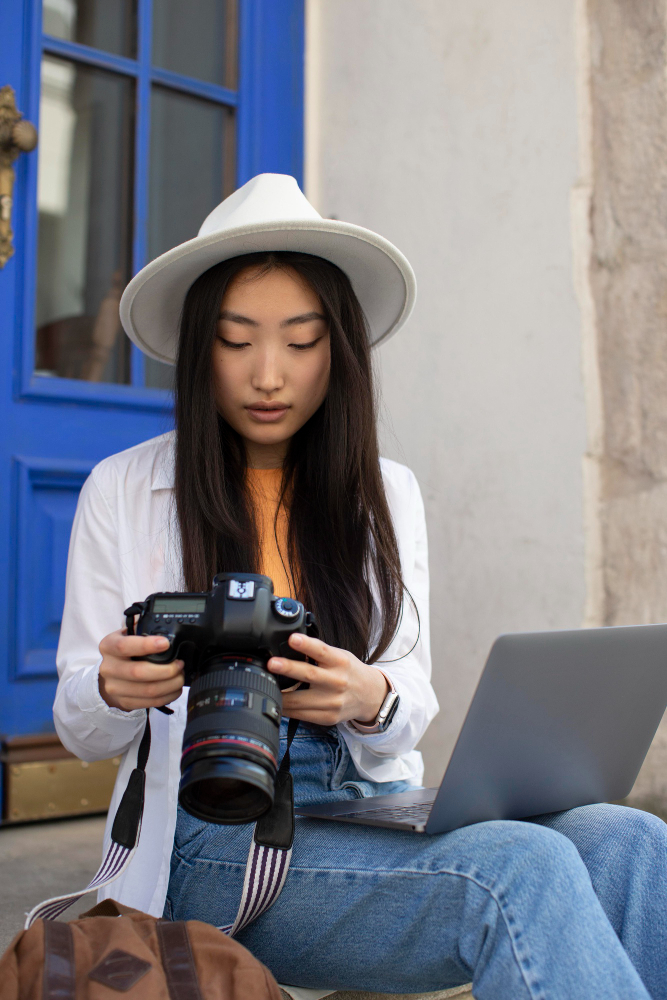 A tried and true, yet stunning, technique is the silhouette. Who has never had their eye caught by the dramatic contrast of a couple outlined by a sunset, a skyline against the light glow of the sky, or the stark, blunt horizon of a field or forest? Silhouettes are appreciated by any observer and are actually somewhat rare nowadays.
A tried and true, yet stunning, technique is the silhouette. Who has never had their eye caught by the dramatic contrast of a couple outlined by a sunset, a skyline against the light glow of the sky, or the stark, blunt horizon of a field or forest? Silhouettes are appreciated by any observer and are actually somewhat rare nowadays.
While anyone can appreciate a silhouette, photographers can also appreciate the care and precision that went into creating the unique style. Taking a silhouette requires careful planning and even a little luck. The time and location of a shot is crucial, as is the way you set your exposure.
What is a silhouette?
Any outline of a dark object or figure against a light background qualifies as a silhouette. While most photographs are exposed so that the subject is seen clearly, silhouette photographers drastically underexpose the subject. A bright background, often the sun, is exposed adequately. This leaves the subject as a dark shadow in the foreground. The details of the subject cannot be seen clearly, but the outline is sharp and clear. Simple in concept, the technique of the silhouette takes quite a bit of care.
How do I make a silhouette?
Creating a silhouette photograph can be thought of as effectively managing light. You need to set up a both a bright background and a dark foreground. This contrast in brightness, which is so troubling in normal photographs, is exactly the combination you need for your silhouette. Mother Nature has already provided you with an excellent large bright object for your back-light (the sun), and even thought to move it to different places in the sky so you can do silhouettes of different objects. You can also try bright artificial light, a more controllable source for this brilliant back-light.
Your subject, on the other hand, should have very little light on him, her, or it. Use no additional flash or other lighting, and pay attention to stray light from hidden sources that may reflect onto your subject and destroy your silhouette. In order to capture the dramatic effect, the contrast of the silhouette needs to be drastic. If the subject is too well-lit, the finished product will like a photograph that was not exposed properly.
Some personal tips:
As you may have guessed, I am partial to the sun for a natural background. The beginning and end of the day are very good. My favorites shots are taken close to sunset with a large subject lined up right in front of the sun, just before it sets. The sunlight diffracts off the edges of the subject and makes a soft halo around it, an effect that is harder to realize with a smaller subject. Here is another article about sunrise and sunset photography.
The silhouette needs to have a sharp focus across the entire scene, so I set a high f-stop to get a narrow aperture and high depth of field. If you have a camera on which the aperture can be adjusted manually, set this and allow the automatic features of the camera to select the shutter speed. If you are using a fully automatic (point-and-shoot) camera then focus on the background, instead of the subject, to get the right exposure. Pointing the camera at the subject instead will over-expose the background and ruin the silhouette effect.
In addition to these special settings, you will need some patience and some luck to produce a stunning silhouette. But the payoff is great; you will have a beautiful image that can be appreciated by your photographer comrades and non-photo-savvy friends alike!
In addition to supplying helpful techniques, Ray Baker is most known for coaching others to establish a Profitable Photography Business. This site is dedicated to starting your own business however, places emphasis on profitability issues & guidelines. You can also gain many photography resources (some free) from Digital Photography
Copyright 2007 www.photography-business-tips.com

